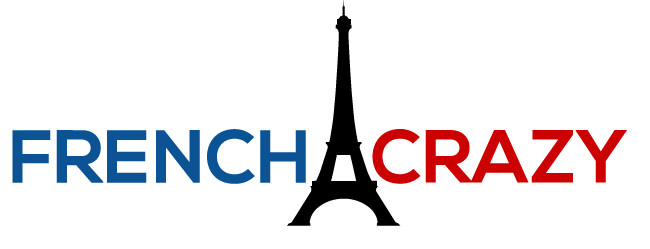French direct object pronouns can be a difficult concept to wrap your head around. However their use in French is SUBSTANTIAL if you want to sound more fluent in the language.
WE’RE GOING TO COVER THE FOLLOWING THINGS:
1) What are direct object pronouns (in both French and in English)
2) Why are direct object pronouns useful
3) Review all 7 direct object pronouns
4) See how to use direct object pronouns to substitute out nouns but also how to use them when you have an infinitive, the imperative or the past tense.
Now, I’m going to go in-depth within the text below, however if you are a more visual learner I created this 11-minute video which EXPLAINS EVERYTHING. The video is loaded with examples and covers exactly what you’ll read below.
WHAT IS A DIRECT OBJECT?
A direct object is a noun that receives the action of a verb. More specifically, it’s attached to a transitive verb.
WARNING: GRAMMAR AHEAD!
In the video, I explain the two types of verbs in more detail. A verb such as “to bring” always needs something to follow the verb otherwise the statement sounds incomplete:
I bring coffee to work with me. I brought her gifts.
Notice how I highlighted the direct objects above? In both these examples, you cannot just utter the words, “I bring” in response to a question. It sounds “weird” in English because bring is a transitive verb!
Meanwhile, an intransitive verb, such as “to sleep” doesn’t need anything to follow to complete its meaning. If you said “Martha sleeps the dog,” then you would look crazy. No, not FrenchCrazy either.
A direct object pronoun is simply a noun which replaces the direct object into a more, condensed package.
Are you making the salad? Yes, I’m making it.
Do you notice the “it”? This word, in this case, is functioning as the direct object pronoun of the sentence. What takes the action of our verb? The salad. So, our direct object, “the salad” is being replaced by “it”.
Direct object pronouns are very useful because you won’t have to repeat the same noun over and over again in your speech. Now you can get your point across more effectively in French.
THE 7 DIRECT OBJECT PRONOUNS IN FRENCH

French direct object pronouns
In French the direct objects signify a few different things:
- There are two different direct objects to distinguish you
- There is a distinction between “it” depending on the noun’s gender.
Our direct object pronouns are me, te, le, la, nous, vous, and les.
Here are 3 examples where we use French direct object pronouns. to substitute and replace a noun:
DIRECT OBJECT PRONOUNS WITH INFINITIVES
When you have an infinitive your sentence, the direct object pronoun will go before it. Sort of like sandwiching it between the conjugated and un-conjugated verbs.
FRENCH DIRECT OBJECT PRONOUNS & THE IMPERATIVE
The imperative is when you give a command to someone. When using direct object pronouns with the imperative you have a few nuances! If your statement or command is positive then the direct object pronoun will follow the verb but will be attached with a hyphen.
buvez-le ! (drink the milk)
However whenever our command is negative (DON’T DO SOMETHING) then this pronoun will come before the verb!
ne le buvez pas ! (don’t drink the milk)
Here are a few more examples, because more clarification can never hurt!
Fermez la porte !
Fermez-la
Ne fermez pas la porte !
Ne la fermez pas
Close the door!
Close it!
Don’t close the door!
Don’t close it!
FRENCH DIRECT OBJECT PRONOUNS IN THE PAST
When using the simple past, we have an auxiliary verb. You should place your direct object pronoun BEFORE this helping verb. A big issue for learners is when they fail to make the past participle agree in both noun and gender to the object they’re complimenting.

That concludes this lesson. With some more practice, you’ll be able to use direct object pronouns on-the-fly in your everyday conversations!



I loooove this website of yours. It has helped me learn French, and has made me want to learn it even better, not just as a school requirement, but on my own too!. (as a passion/hobby). Just 1 little request; the video that you have posted on this page, does not work for some reason. I have tried reloading the page and even restarting my computer, but it still didn’t work. I sort of did a YouTube search for it too, but wasn’t successful Pleaseeee fix it, it will be a blessing if i can enhance my learning with the extra help through visuals!